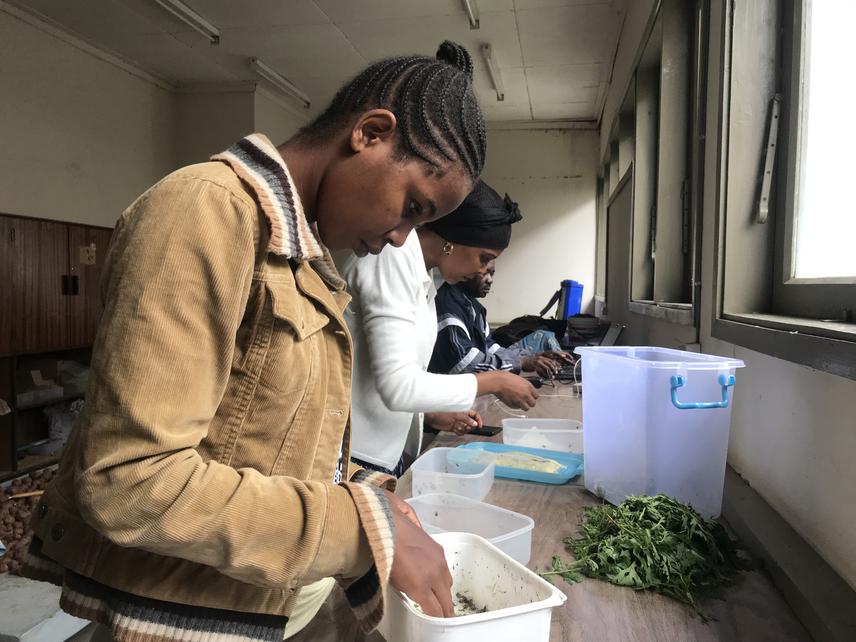Warda Kanagwa
Other projects
2 Aug 2021
Creating Awareness on the Spread and Control Measures of Invasive Species Parthenium hysterophorus in Northern Tanzania
Parthenium hysterophorus is an invasive plant species, which decreases rangeland production and quality and hampers agriculture and biodiversity. So far, different methods used to control P. hysterophorus (e.g., mechanical, cultural, chemical) have been insufficient. Biological control (using Zygogramma bicolorata) has recently been applied in Tanzania but its effectiveness has never been scientifically quantified. Further, the potential of using crude extract of native plants has never been tested. My study will further evaluate whether a co-existing native species, particularly the extract of Senna auriculata, can be used to suppress P. hysterophorus and how the former impacts its seed bank. I will also quantify the effectiveness of Z. bicolorata in controlling P. hysterophorus in Arusha region, Tanzania. Lastly, interviews on the perception of and the social economic impact on local farmer and pastoralist livelihoods will provide information on its future spread and management options.

Parthenium hysterophorus L. is a short-lived perennial herbaceous plant that belongs to the family Asteraceae. It is native to Mexico and Southern US and it is capable of spreading through trade as contaminants of crops, farm machinery and grains. In Africa, P. hysterophorus is occurring in several countries including Ethiopia, Somalia, Kenya, Tanzania, South Africa and Mozambique. P. hysterophorus in Tanzania has been observed mainly in the northern part of the country (Arusha, Kilimanjaro and Manyara) and is currently spreading to other areas in the country invading cropland, grazing land, road sides and settlements (Kilewa & Rashid, 2015).
Parthenium hysterophorus causes serious allergic reactions in humans, cows, goats and buffalo calves. It poses a significant problem in rangelands and forestry (Kija et al., 2013). This aggressive invasive plant species adversely affects food security, biodiversity, and human as well as livestock health. To control P. hysterophorus, a number of approaches have been used in many parts of the world including physical, chemical and biological management. Further research on the management of P. hysterophorus using biological control agent Zygogramma bicolorata is urgent since it has recently been introduced to Tanzania but its effect has never been evaluated. Senna auriculata, a leguminous tree, has been shown to suppress P. hysterophorus in India, so I want to test its crude extract since its effectiveness would be a simple and ecologically friendly method to suppress invasion in Tanzania. Moreover, due to a lack of understanding on specific problems caused by P. hysterophorus infestations among local communities, there is a need to assess community perception and social economic impacts on livelihoods.
Generally, the study will help to inform institutions responsible for managing P. hysterophorus and local communities on the long-term and short-term biological control possibilities of P. hysterophorus using Z. bicolorata. The study will also generate information for a better understanding of socio-economic impacts of P. hysterophorus in Arusha Region. The study will further evaluate the role that co-existing native species, particularly their extracts, might have on suppressing P. hysterophorus and propose its management strategies. We will provide management suggestions and quantify the effectiveness of different management tools.